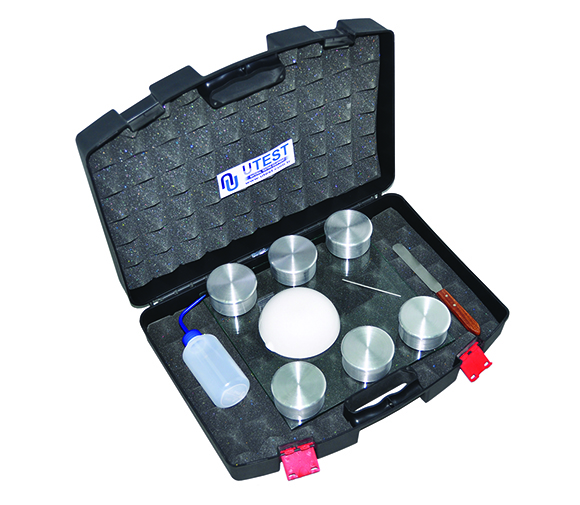
The authors conclude that their set-up provides ‘PLs (presumably PL (100)s) in good agreement with the measured Casagrande PLs’, although it is not justified to corroborate the standard PL with the cone PL. The wide variation of strength at the plastic limit is also well known and should not need repeating.


It is known to vary significantly – for example, Skempton and Northey (1953) 0♷–1♵ kPa, Wasti and Bezirci (1986) 0♵–5♶ kPa and Kayabali and Tufenkci (2010) 1♲–12♰ kPa. The authors report c u(LL) = 1♷ kPa, but recognise its inaccurate measurement. Use of this subscript requires a standardised, internationally agreed c u(LL).

The subscript (100) must assume a unique c u(LL). Figure 7 does not display any indication of a change of state. The term ‘limit’ (L) should not be used as PL (100) does not define a limit between one state and another state. The term ‘plastic’ (P) should not be used, as the water content of a soil at 100 × c u(LL) could be less than the standard plastic limit, in the brittle state. The ‘new limit’, PL (100) ( Harison, 1988), is imprecise for the following reasons. 80) observed, ‘It is not clear how the cone penetrometer plastic limit gives an indication of the water content at which a soil changes from the brittle to the plastic state.’ It is difficult to see how a cone device can be expected to replace the thread-rolling method which, irrespective of its limitations and with the authors' acknowledgement, identifies this transition. The authors observe that plastic limit is the water content at the transition between plastic and semi-solid states, the ductile–brittle transition ( Barnes, 2009, 2013a, 2013b), and they acknowledge that different mechanisms occur in the cone and thread-rolling tests. The discusser was astonished to see the standard plastic limit described as ‘Casagrande PL’ (also ‘Casagrande LL’, but this would have to be the cup, not cone, method) as these limits have always been attributed to Atterberg (1911) and recognised as ‘Atterberg limits’ for over a century ( Kinnison, 1915). Currently, there is only one internationally recognised, standard test for the plastic limit, namely the manual thread-rolling method.

For decades researchers have investigated cone devices in an attempt to find a more reliable and repeatable method of obtaining the plastic limit. The authors have presented an interesting study ( Sivakumar et al., 2015) of fall cone devices on soils near the plastic limit.


 0 kommentar(er)
0 kommentar(er)
